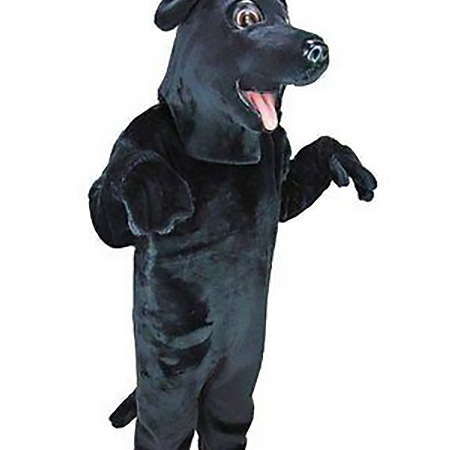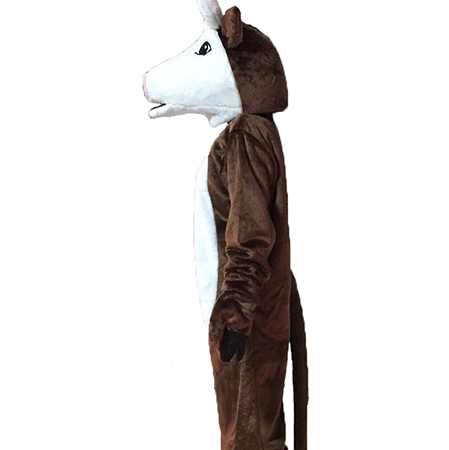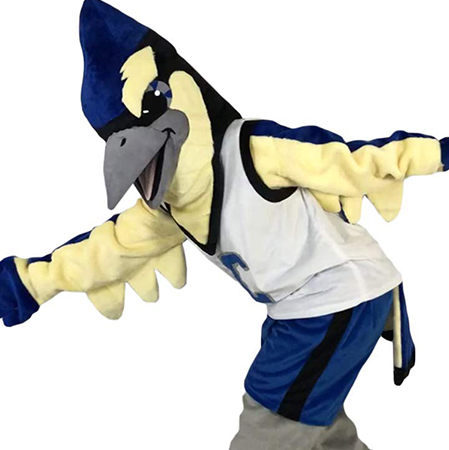Mascot costumes play a pivotal role in creating an emotional and memorable connection between brands, sports teams, and their audiences. These vibrant and engaging characters are not merely decorative; they are strategically designed to evoke specific psychological responses. The psychology behind effective mascot costume design is multifaceted, drawing from principles of visual perception, color theory, symbolism, and even anthropomorphism.
One of the fundamental aspects of mascot costume design is the use of exaggerated features. Oversized heads, enlarged eyes, and simplified facial expressions make mascots more approachable and friendly. This is rooted in human tendencies to be drawn to baby-like features, known as the “baby schema” effect. Such designs often evoke feelings of warmth, trust, and affection from viewers, making them more likely to engage with the mascot and, by extension, the brand it represents.

Color plays a crucial role in the psychology of mascot costumes. Colors are imbued with symbolic meanings and can influence emotions and behaviors. For instance, red often signifies energy and excitement, which may be suitable for a sports team mascot aiming to energize fans. Blue, conversely, is generally associated with calmness and reliability, ideal for corporate or educational mascots. The choice of colors in a mascot costume is not arbitrary but is carefully selected to align with the values and personality traits of the organization.
Symbolism is another powerful tool in mascot design. Mascots often incorporate elements that reflect the identity or heritage of their associated group. For example, a university mascot might wear clothing that resembles the school’s colors or logo. This symbolic representation helps to reinforce the sense of community and loyalty among fans or students. It also aids in instant recognition, making the mascot an iconic figure that embodies the essence of the organization.

Anthropomorphism, or the attribution of human characteristics to non-human entities, is central to making mascots relatable and engaging. By giving mascots human traits—such as walking on two legs or performing dances—they become more lifelike and easier to connect with emotionally. This anthropomorphized approach allows mascots to interact with the audience in a manner that feels personal and direct, fostering a stronger bond between the character and its admirers.
The movement and behavior of mascots also contribute to their memorability. Dynamic actions such as dancing, high-fives, and hugs encourage positive interactions and create joyful experiences for the audience. These actions are not only entertaining but also help in building a narrative around the mascot, adding depth to its character and making it more memorable.

Moreover, the consistency in appearance and behavior of mascots reinforces their identity over time. When fans consistently see the same character at events, wearing the same costume and exhibiting familiar behaviors, it solidifies their place in the collective memory. This repetition builds brand recognition and strengthens the emotional attachment that audiences feel towards the mascot.
In conclusion, the psychology behind memorable mascot costume designs is complex and deliberate. By leveraging principles of visual appeal, color symbolism, anthropomorphism, and consistent behavioral patterns, designers create characters that resonate deeply with audiences. These mascots become more than just costumes; they transform into enduring symbols that encapsulate the spirit and identity of the organizations they represent, leaving lasting impressions on everyone they encounter.

